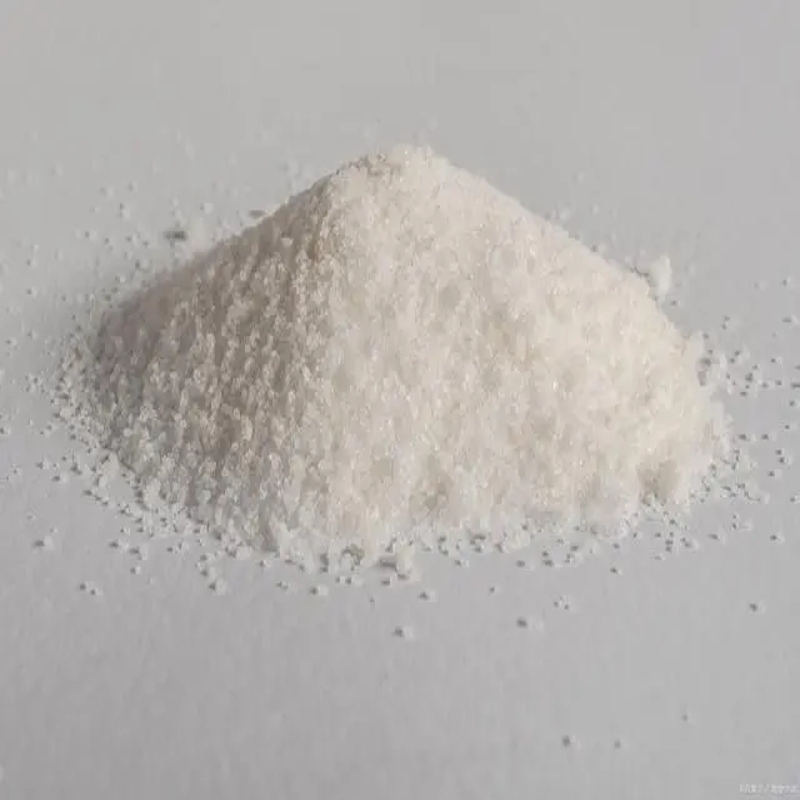-
Categories
-
Pharmaceutical Intermediates
-
Active Pharmaceutical Ingredients
-
Food Additives
- Industrial Coatings
- Agrochemicals
- Dyes and Pigments
- Surfactant
- Flavors and Fragrances
- Chemical Reagents
- Catalyst and Auxiliary
- Natural Products
- Inorganic Chemistry
-
Organic Chemistry
-
Biochemical Engineering
- Analytical Chemistry
- Cosmetic Ingredient
-
Pharmaceutical Intermediates
Promotion
ECHEMI Mall
Wholesale
Weekly Price
Exhibition
News
-
Trade Service
1.
1 Overview of photocatalytic oxidation technology
As a kind of advanced oxidation technology, the photocatalytic oxidation process refers to the decomposition of organic pollutants through a catalyst under light
.
The use of photocatalytic degradation methods to eliminate organic pollutants is a new technology developed in recent years.
4.
1.
1.
1 Homogeneous photocatalytic oxidation
The photodegradation reaction includes photochemical degradation without catalyst and photochemical degradation with catalyst.
The latter is also called photocatalytic degradation.
Generally, it can be divided into two types: homogeneous and heterogeneous
.
Homogeneous photocatalytic degradation mainly refers to the UV/Fenton reagent method, which uses Fe 2+ or Fe 3+ and H 2 O 2 as the medium to degrade pollutants through the Photo-Fenton reaction.
4.
1.
1.
2 Heterogeneous photocatalytic degradation
Heterogeneous photocatalytic degradation is the addition of a certain amount of photosensitive semiconductor material to the pollution system, combined with a certain energy of light radiation, so that the photosensitive semiconductor is excited by light to generate electron-hole pairs, which are adsorbed on the dissolved oxygen on the semiconductor Water molecules interact with electron holes to produce OH and other highly oxidizing free radicals, and then through hydroxyl addition, substitution, and electron transfer between pollutants, all or nearly all of the pollutants are mineralized, and finally generated CO.
's 2 , H 2 O and other ions such as NO .
3 - , PO .
4 3- , SO .
4 2- , CI - like
.
Compared with photochemical degradation without catalyst, the application research of heterogeneous photocatalytic degradation in environmental pollution control is more active
The earliest clear understanding and application of semiconductor photocatalysis as a water purification method started with the study of TiO 2 photocatalytic mineralization of chlorinated hydrocarbon pollutants in 1984 by American scientist Ollis and his colleagues
.
Then Matthews, Barben, and Okamoto used TiO 2 to oxidize chlorobenzene, chlorophenol, and phenol , respectively, confirming that semiconductor photocatalysis is not limited to aliphatic compounds, but also applicable to aromatic ring compounds
At present, domestic and foreign researchers have carried out in-depth research on many aspects of semiconductor photocatalysis.
The main contents are: the mechanism of nano-semiconductor photocatalytic activity and the resulting active species, and the photocatalytic mineralization of various organic substances by nano-semiconductor mechanism, screening semiconductor nano-photocatalytic material, preparation, various forms of nanometer semiconductor photocatalytic reactor, Ti02 2 photocatalyst immobilization of quantum size and, Photocatalytic degradation kinetics of various pollutants in water and the like in the gas phase
.
So far, the nano semiconductor photocatalysts that have been studied include TiO 2 , ZnO, ZnS, CdS, Fe 2 O 3 , WO 3 , SnO 2, etc.
The problem of heterogeneous catalysis is that the photocatalytic efficiency is lower than that of homogeneous.
If the catalyst adopts a suspension system, the subsequent separation treatment is more troublesome.
If the catalyst is immobilized, the catalytic efficiency will be further reduced.
Heterogeneous photocatalysis Another problem is that if solar catalysis is used, the proportion of sunlight that can be used is only about 4%
.
Therefore, the industrialization of heterogeneous photocatalysis still has many problems to be solved urgently, but its prospects should be very optimistic







